Antennas for radio: what are they and how to connect?
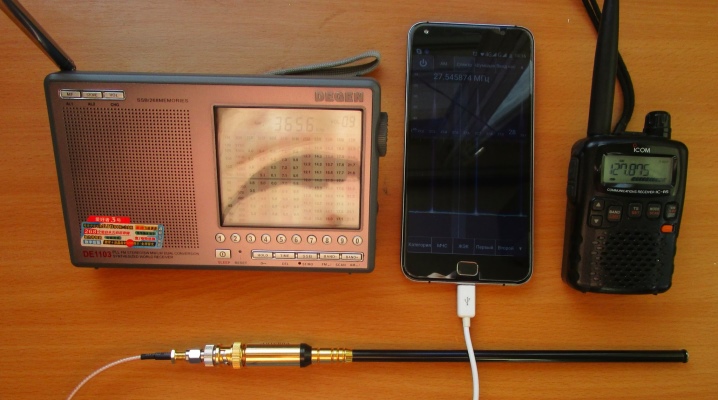
An antenna for FM and VHF radio is an indispensable option for those from whom the nearest repeater is somewhere over the horizon. At the turn of the millennium, there were often radio listeners who, for example, wanted to catch Europa Plus, being 100 km away from the nearest large city, but the music center gave out only noise.
Let's figure out what radio antennas are, and how to connect them.
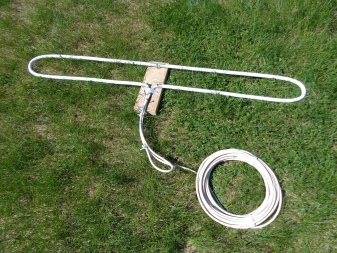

Peculiarities
Antenna for radio should be simple to execute, but effective. It allows you to get out of the radio shade zone, for this it is raised several meters. You are lucky if you live on the top floor of a high-rise building - the length of the feeder (cable) will be short. Otherwise, a radio amplifier is placed next to the antenna: several tens of meters of cable are able to absorb the signal received at the top, and there will be no sense from the antenna.
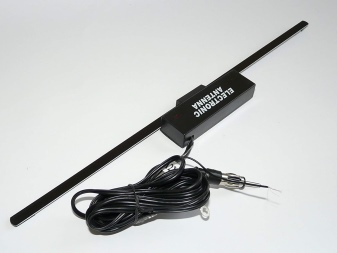
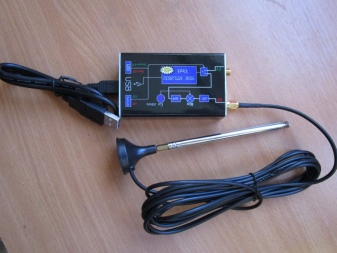
An antenna for a radio can be any:
- quarter-wave or 3/4 wave pin;
- symmetrical vibrator (two quarter-wave pins);
- loop pathogen;
- director or log-periodic (the design reaches impressive dimensions);
- a line of dipoles lined up in a row (such antennas are installed on repeaters of TV channels and radio stations, for base stations of cellular communications);
- magnetic.
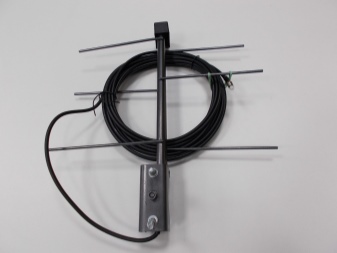

Most often found telescopic antennas, they are in every mobile FM receiver.
Another option is easy to obtain by connecting the center conductor of the coaxial cable to one of the telescopic antennas, and its braid to the other. The antennas are bent in different directions and do not lie in the same plane.
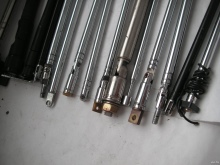
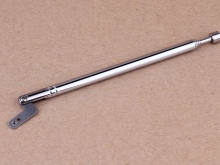
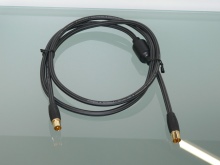
The third design should be half the wavelength.
The FM band requires pins and a "loop" 1.5 m long.
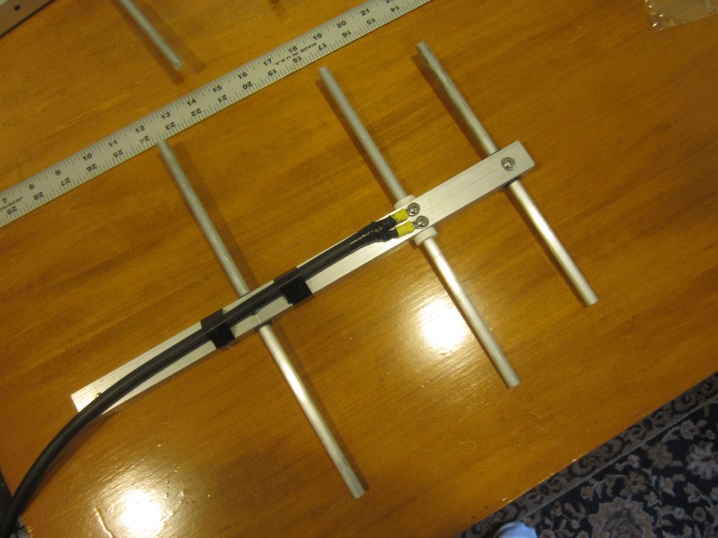
The last option will be as tall as a three-story house: such antennas are located on TV towers, where there is plenty of space for them, they are not suitable for domestic use.
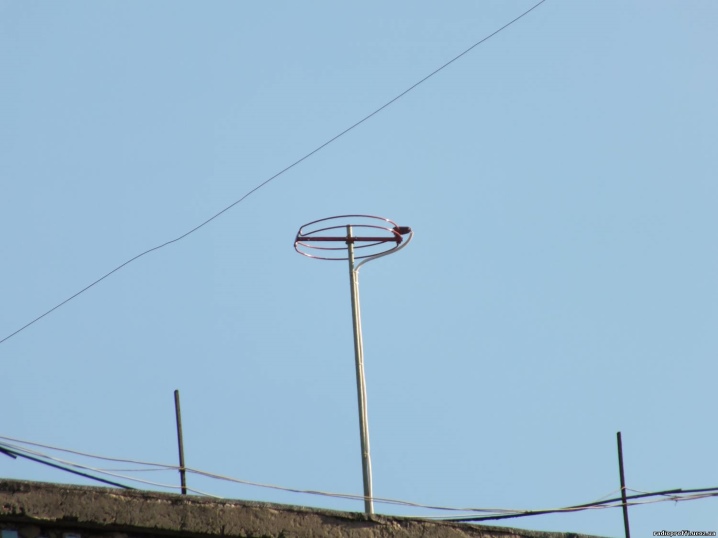
Car antenna for FM reception - a shortened pin, to which an amplifier built into the case relies on to compensate for signal losses. The efficiency of such an antenna can be significantly increased by increasing the rod to 75 or 225 cm.

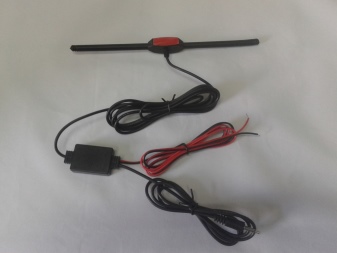
Operating principle
In response to incoming radio waves, which are an alternating electromagnetic field, the antenna responds with the appearance of multidirectional currents that appear when receiving radio waves. The frequency of the alternating field coincides with the radiation frequency of the transmitting antenna connected to the output of the transmitter. The current arising in the receiving antenna coincides with the current frequency at which the transmitter operates.
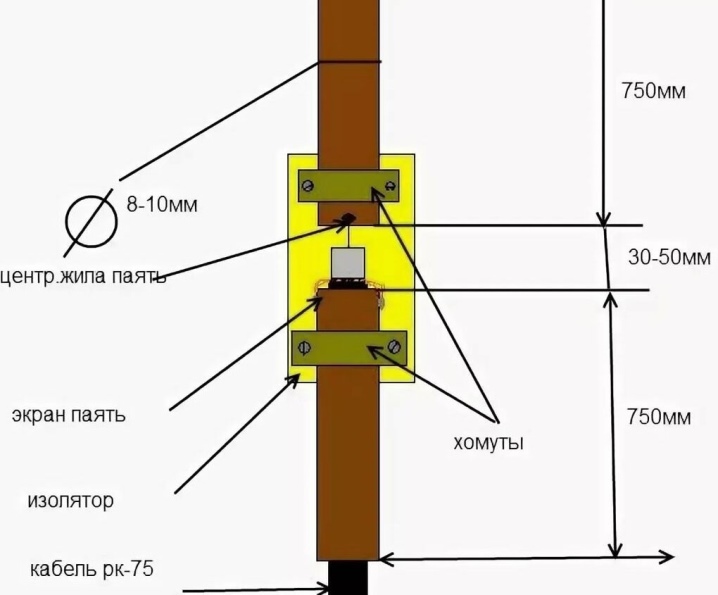
If the antenna dimensions are multiples of the wavelength, then resonance can be achieved at the received frequency, due to which the reception quality is the best.... This is achieved by making antennas for a specific frequency, the average for a specific range. For example, for the FM band, this is a frequency of 98 MHz - the wavelength is slightly more than 3 meters, therefore, the quarter-wave rod reaches a little more than 75 cm. The telescopic antenna, which allows you to adjust the length, can be extended in exact accordance with the frequency of the received radio station. So, for a frequency of 100 MHz, the antenna length must be strictly 75 cm.
Deviations in the zone of confident reception of the same radio station are not fatal, but where the reception is weak, it is advisable to push it to the calculated length, especially if it is planned to use an additional amplifier with it.
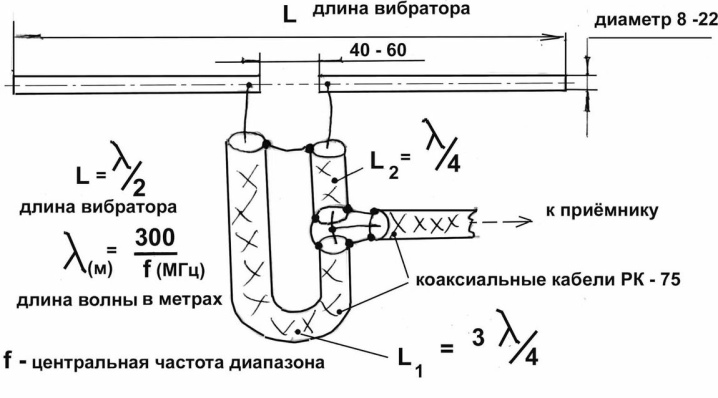
What function does it perform?
The only function of the external (optional) antenna is increase the reception range in places of very weak radio communication... This is how long-range and ultra-long-range receptions are realized. A car antenna is in great demand among truckers who need high-quality communication and reception for many tens of kilometers. Radio stores often sell antennas with a very short pin - only 10-25 cm. The layman, who is not particularly versed in radio as such, takes what they give - he does not realize that if the pin is increased to the desired length, the reception quality will noticeably improve.
Tribute to the fashion for miniaturization and lightness of any device prevails - as a result, the quality is far from expected.
An external (additional) antenna is literally a way of salvation for cheap radios, whose reception quality is low: not every listener will order a branded Chinese Tecsun or Degen at a price of 2.5-7 thousand rubles, which has very good sensitivity and excellent stereo sound quality in headphones.
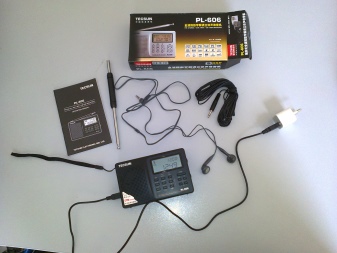

Species overview
A good VHF antenna will perform even better if used as an outdoor antenna. Antennas with an amplifier are called active (amplifying). Powerful antennas are mainly installed on radio repeaters, radio relay lines (radio channels), where the quality of reception and transmission should be maximum. Indoor antennas include mainly whip (already familiar telescopic) and frame antennas. The latter are built into music centers, radio speakers - they are located either in the form of a track on a printed circuit board, or embedded in another place under the cover of the case and have the form of a spiral film that matches a loop, in the form of a coil, etc.
Directional
Directional antennas include several types of devices.
Wave channel (Yagi antenna) and log-periodic... In the first, the guide pins (directors) are located symmetrically, in the second - in a "checkerboard" pattern (half the length of the wave channel pin). The exciter is a standard loop vibrator, and the reflector is a mesh fragment with cells, the size of which is many times smaller than the wavelength, that is, it is impervious to waves arriving from the front side. They, in turn, are reflected back to the vibrator, due to this, additional signal amplification is achieved. The directors provide sharp directivity to the direction the antenna is pointed.

"Plate" - reaches a significant size. Practically not used in everyday life, but in demand in space observatories. To receive a signal on the FM frequency with its help, it must be as high as a 25-storey new building - the line of dipoles along the length at the same time reaches the height of a 5-storey "Khrushchev". But the "dish" has found application in receiving satellite TV, for exchanging data over 3G, 4G (in USB modems), Wi-Fi and WiMAX networks.
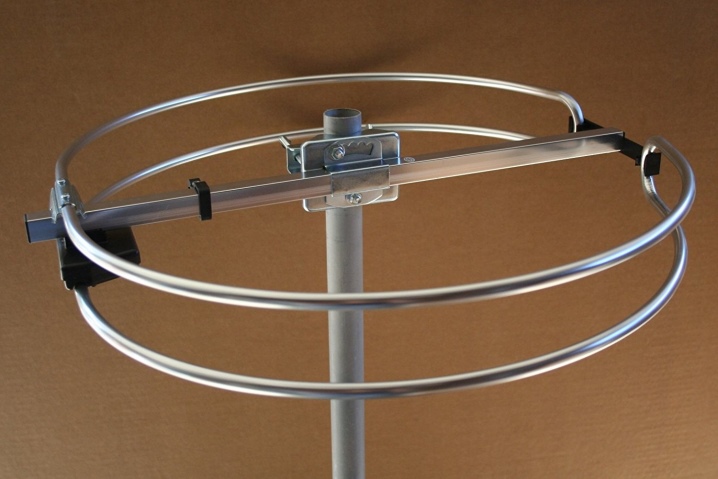
Double telescopic, or symmetrical dipole, used for radio reception at home. Easy to assemble and install. Its directivity is not sharp enough, but for relatively low-frequency (in comparison with the TV range of modern digital TV) it will come down. Due to its large dimensions, the line of symmetric dipoles is used mainly for cellular and Wi-Fi communication.
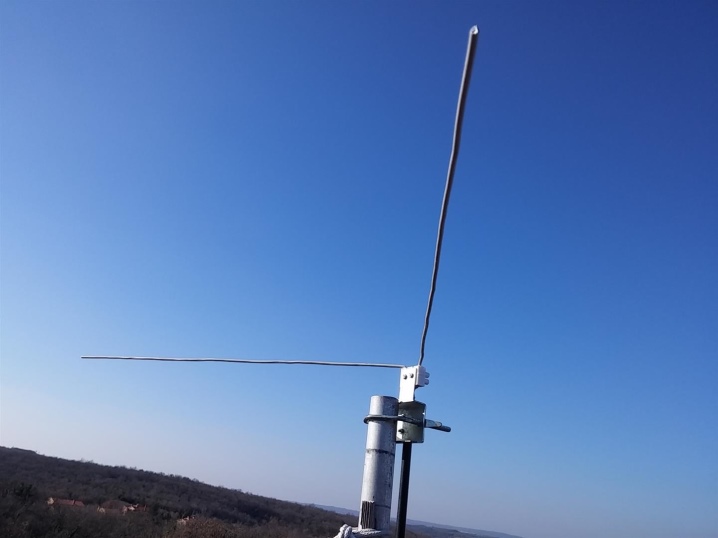
Magnetic - a pair of coils on a ferrite or steel core. It is used not for VHF, but on medium (530 ... 1710 kilohertz) and long (148 ... 375 kHz) waves - not the electrical, but the magnetic component of the radio signal is used for reception. It has two-way directionality, which is why the AM receiver is turned to achieve the maximum signal - especially when the distance from the AM transmitter is hundreds and thousands of kilometers.
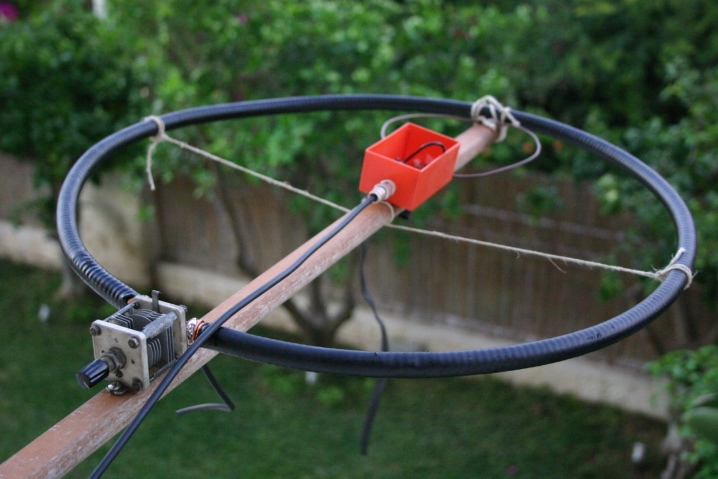
Undirected
In addition to telescopic and whip antennas, a panicle antenna is referred to as non-directional. These are pieces of wire, soldered in one place, to which the center conductor of the cable is connected. The braid ground is used as a counterweight.Like the pin, the "whisk" has a spherical (non-directional) pattern - it does not have a maximum (antinode) of the radiation directivity. It is practically not found on sale, but everyone can make it on their own.
For the HF range, where the pin size reaches several meters, a "spiral" antenna is used - it can be wound from a motor or transformer wire by passing a harsh thread or fishing line through the resulting spiral.
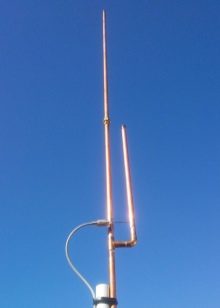
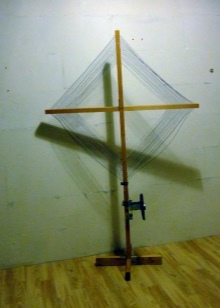
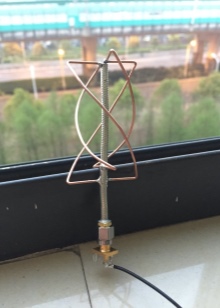
How to connect?
The quarter-wave pin requires no special connection - the wire is soldered to the input of the receiver's radio board. Balanced dipole and more complex antennas require a coaxial cable, since one side is a counterweight to the other and is soldered to the cable sheath rather than the center conductor. In a similar way, a director, log-periodic, a line of dipoles, a simple loop vibrator are connected.
If you live in a village where, apart from lampposts, there is no dominant height, it is strongly recommended to connect protective grounding to the counterweight (braid). Another pin is placed next to the antenna, above it in the effective height, and is also connected to the ground - this is a lightning rod. If you do not take care of the latter, then in case of a lightning strike, you can not only lose your radio, but also, being near it, get a fatal electric shock - the voltage of a spark discharge can reach 100 million volts, which is incompatible with life.
Collective TV antennas, the cable from which is brought into the entrance of an apartment building and divorced to apartments, are equipped with lightning protection. Indoor antennas do not require protection from thunderstorms.
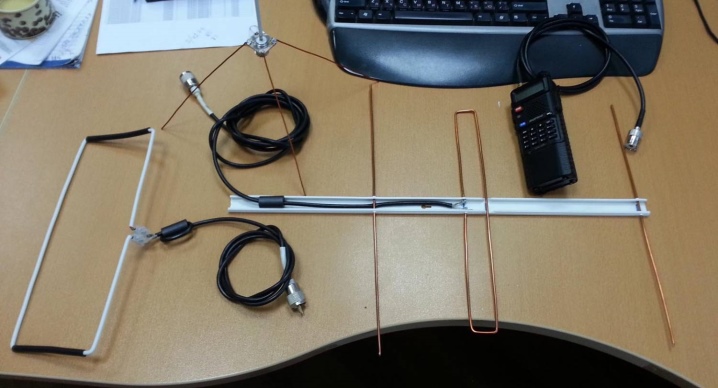
How to make an FM antenna for the receiver with your own hands, see below.













The comment was sent successfully.